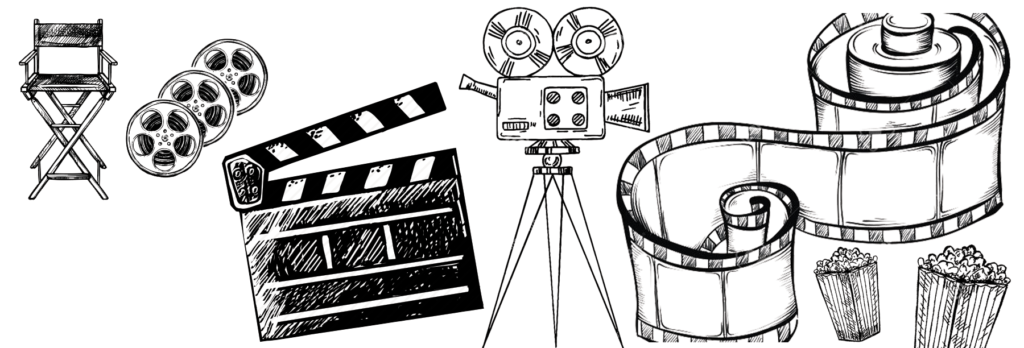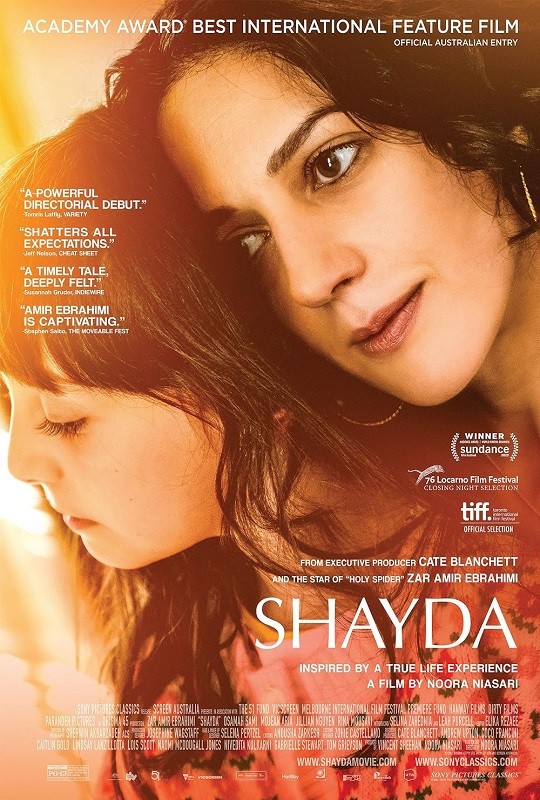Shayda
Introduction
It takes a lot of courage to walk out of an existing relationship but when you also have a child, the resilience needs to be at another level. With the Academy Awards fever heating up, I have been ticking a few International films off my watchlist. And with that, I finished watching the new Persian film Shayda which is Australia’s Official Submission to the Academy Awards this year(not in the final 15). There have been a lot of films already made on womanhood and the resilience that they face against their partners turned perpetrators but if you have a filmmaker accounting for some real-life incidents that transpired in her life as a child, while she looked upto her mother suffering from the trauma of an abusive relationship, there is already a layer of authenticity added to the proceedings. And that is exactly what Shayda offers, an unshaken story of resilience of a mother while always putting up a smile for her child. So then, does Shayda manage to impress, let’s find out.
Story & Screenplay
Shayda follows the story of an Iranian woman taking refuge in Australia with her little daughter while having to deal with a trauma from her past in the form of her abusive husband. The story here is powerful given the trajectory of the protagonist and the emotional turmoil that she has to undergo. The emotional turmoil here is more psychological and cerebral while only acquainting the viewers about her past abuse that she was subjected to. And that is what makes the story special as you are emotionally connected to the protagonist and her daughter, who sees the world in a very different light while being with her father. The screenplay standing at a shade under 2 hours does make for a compelling watch while also staging the drama against the backdrop of the Persian New Year, Nouroz which also allows the viewers to get a glimpse of the cultural background of a community residing away from their homes in a foreign land.
The drama begins with the introduction of the protagonist and her daughter who are shown to be entering a foreign land(in this case Australia). There is very little context provided on her past or what she has been subjected to, something that can only be conjectured through her inferences with another woman. Through her conversations it is slowly made clear that she has taken refuge in Australia while leaving her abusive husband behind. In a shocking conversation, she describes the kind of abuse that she has been subjected to, even as her little daughter had watched her father forcing himself onto her mother. This itself was a startling sequence that would make you squirm in your seat.
The proceedings are engaging with the simmering levels of tension slowly raised with each passing minute, particularly after the introduction of the character of the husband who makes his way to Australia after the court verdict. You at once start judging the character who seems to be subdued to begin with, but slowly starts showing his colours of insecurity and aggression, something that was reflective of his past behavior with his wife. In between, I did like how Nouroz, the Persian New Year was integrated in the plot. I am a fan of cultural references and I must say that I am familiar with Nouroz given that I am a Zoroastrian myself, but the writers also do their bit in explaining some of the rituals and their meaning that truly made for an enriching watch from a cultural standpoint.
An important reference of Nouroz which essentially signals the onset of Spring in the Northern Hemisphere, had a completely different meaning given that the drama was set in Australia which was in the Southern Hemisphere. So it was the onset of Autumn, a season that depicts the art of letting go, as the leaves often fall off. That was exactly what the protagonist was going through, even as she meets another man with whom.she reluctantly forms a budding friendship, much to the dismay of her abusive husband. In all of this, the character of the daughter is equally traumatized, initially warming up to her father only to realise the amount of trauma that her mother is subjected to, at the behest of this man. And these range of emotions are wonderfully portrayed throughout the narrative that almost unfolds like a gripping thriller in the portions leading up to the final act which was heartfelt and heartbreaking. Overall, the screenplay is very well written and makes for a solid impact while highlighting the undying bond between the protagonist and her daughter against all odds.
Dialogues, Music & Direction
The dialogues are conversational but they also add to the urgency of the drama along with providing cultural references of the Iranian community. The BGM is sparingly used while allowing the viewers to consume the drama in its raw setup without sanitizing it with manipulating notes of emotions. The cinematography is captures some stunning tight shots that never allows you to disconnect from the drama while also giving you an opportunity to sneak into the psyche of the characters, more often than not. The editing is crisp and sharp for most parts of the runtime that maintains the tension which is builtup in the drama. Director Noora Niasari does a phenomenal job in what was almost like a semi-biography for her, on accounts of her childhood. She tactfully creates a world filled with tension and backs it with well written characters while never letting go of the emotional core of the drama. She also doesn’t limit the suffering of just the protagonist but also touches upon the plight of other women in the shelter home with respect to their past. The direction was top-notch here.
Performances
The performances are phenomenal by the ensemble cast. Rina Mousavi as Elly delivers a heartfelt performance while being an unshakable support for the protagonist. Mojean Aria as Farhad is quietly charming and a walking green flag, in what was a sincere and an earnest performance overall. Leah Purcell as Joyce is assertive and she does leave a mark with her performance. Osamah Sami as Hossein will make your blood boil due to the kind of aggression that he brings to his character. The levels of intensity only rise for his character, and that makes him intimidating in many ways. Selina Zahednia as Mona is excellent with her expressions while always being a silent observer of the trauma that her mother was subjected to. Zar Amir Ebrahimi as Shayda is phenomenal to watch. Her body language is expertly backed by her expressions featuring her eyes that speak a thousand words of pain. The trauma here happens behind the camera but you feel every ounce of the pain because of Zar’s amazing performance that will leave you numb for a while after the film has ended.
Conclusion
Australia’s Official Submission to the Academy Awards this year(not in the final 15), Shayda is a traumatic tale of abuse, motherhood and resilience featuring some stellar performances packaged in a drama that makes for a solid watch. The drama is highly recommended from my end.




